The 24th International Congress of Byzantine Studies recently took place in Venice and Padua in August 2022. Its theme was “Byzantium – Bridge between Worlds,” which, like much of the program, was developed by the Turkish Committee for the congress originally planned to be held in Istanbul in August 2021. As Paul Magdalino said in his inaugural lecture of the congress, this bridge will not be crossed until reaching the other bridgehead Istanbul, where he emphatically encouraged a future congress to be held.
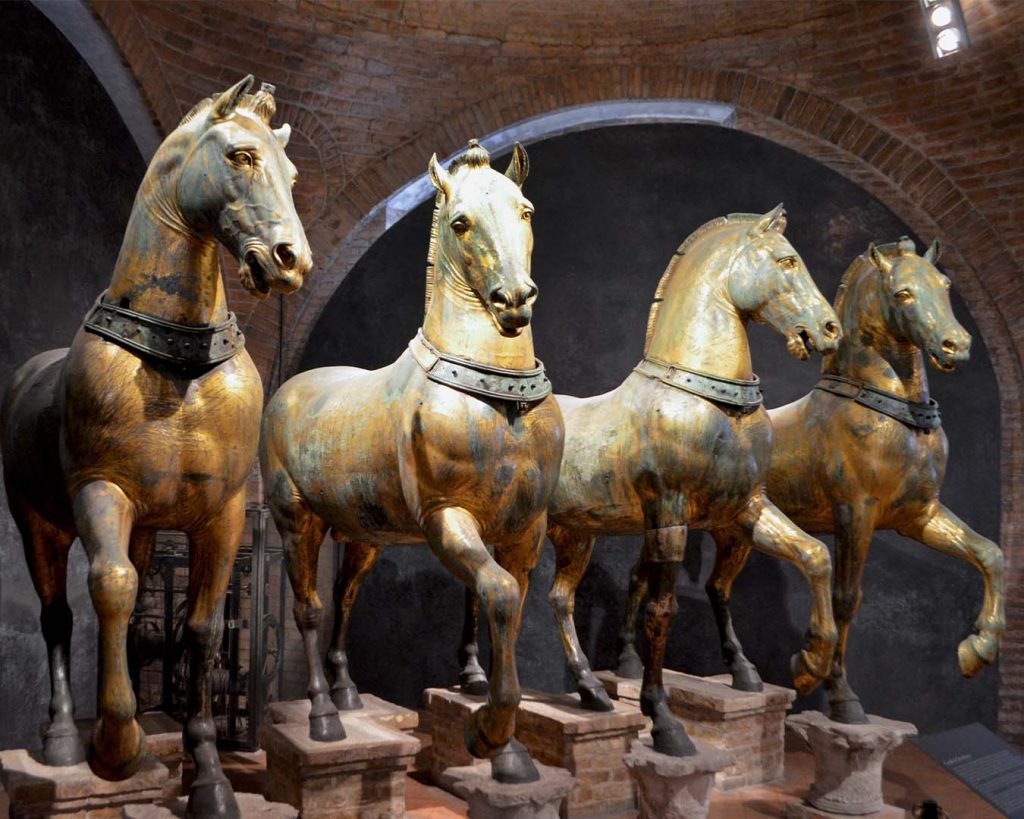
Figure 1. Horses of St. Mark’s, probably brought from the Hippodrome of Constantinople in 1204.
Inaugural addresses of the congress mentioned Bessarion calling Venice a “Second Byzantium” (alterum Byzantium). This claim to be another Byzantium, of course, has numerous parallels, although Rome is more commonly referenced. Famously, Moscow began claiming to be the “Third Rome” shortly after Bessarion made the comparison. This assertion makes more sense when we note that the Byzantines were simply Romans who survived the loss of the Western Roman Empire in the fifth century.
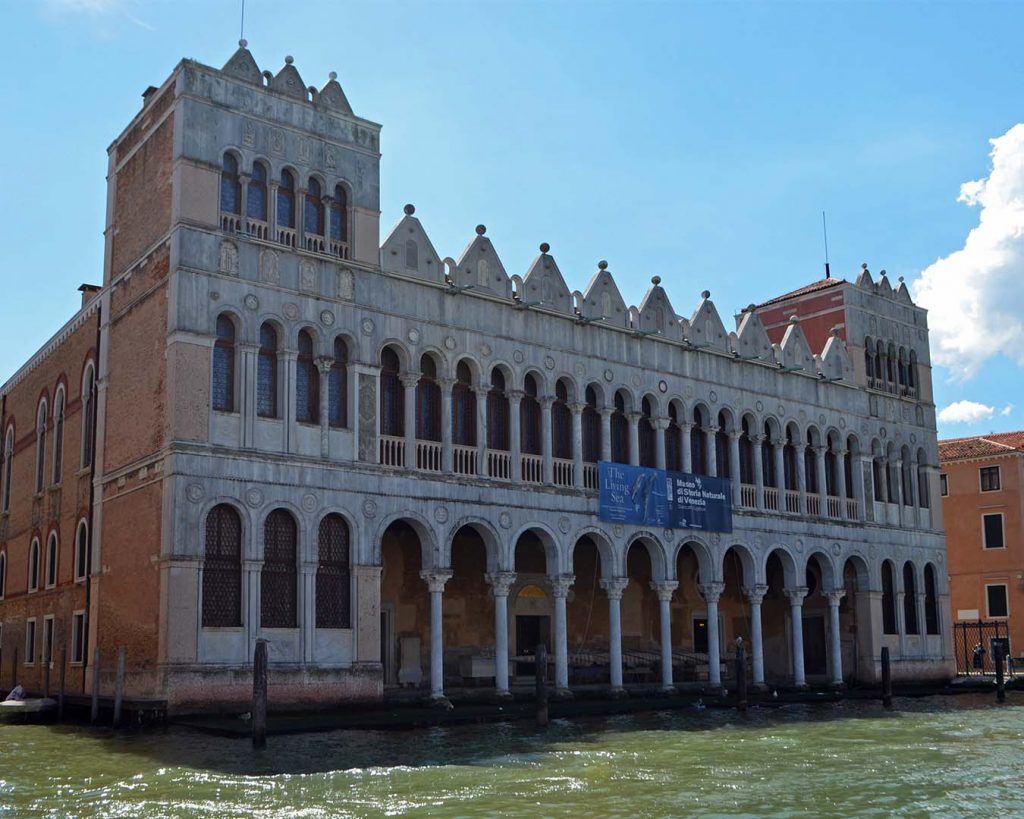
Figure 2. Fondaco dei Turchi (“Turkish Han”), a thirteenth-century residence later used by Ottoman merchants. Its decorations include Venetian imitations of Byzantine Corinthian capitals.
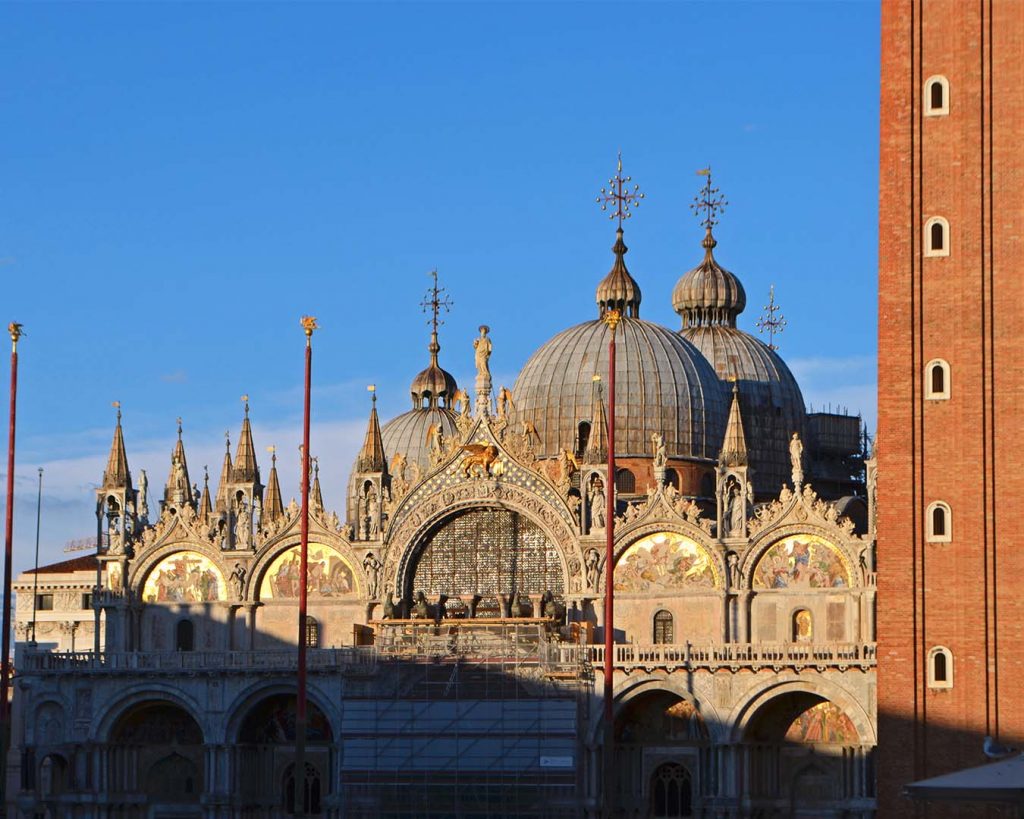
Figure 3. Domes of St. Mark’s. Venice’s cathedral was modeled on the famous Church of the Holy Apostles in Constantinople, where Mehmet II would later build Fatih Mosque.
Even though it was not officially included in the program, the congress’s location made it convenient to visit Ravenna, another city central to Byzantine studies. During my own visit there, I saw many familiar faces, and I know many others went there as well. Ravenna, in its own way, confidently highlights its Byzantine heritage. This could be considered rather odd as it was actually the last capital of the Western Roman Empire, and only later became the center of Eastern Roman authority in Italy. Perhaps the term “Byzantine” is more readily understood by the public than some arcane detail that the Western Roman Empire had another capital than the city of Rome.
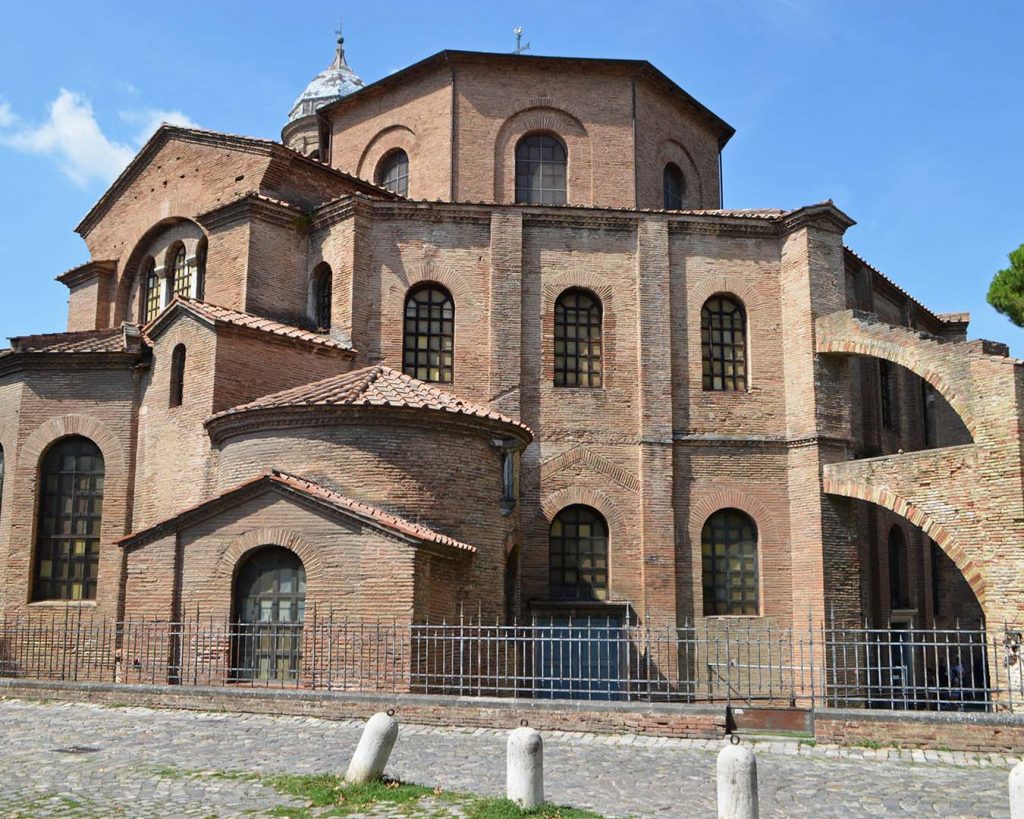
Figure 4. San Vitale, a church built by Justinian in the sixth century. Istanbul’s Küçük Ayasofya Camii, formerly the Church of Saints Sergius and Bacchus, has a similar plan; it was also built by Justinian around the same time.
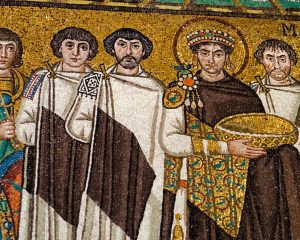
Figure 5a. Mosaics of Justinian and Theodora in San Vitale.
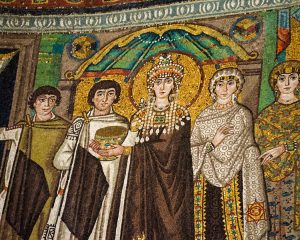
Figure 5b. Mosaics of Justinian and Theodora in San Vitale.
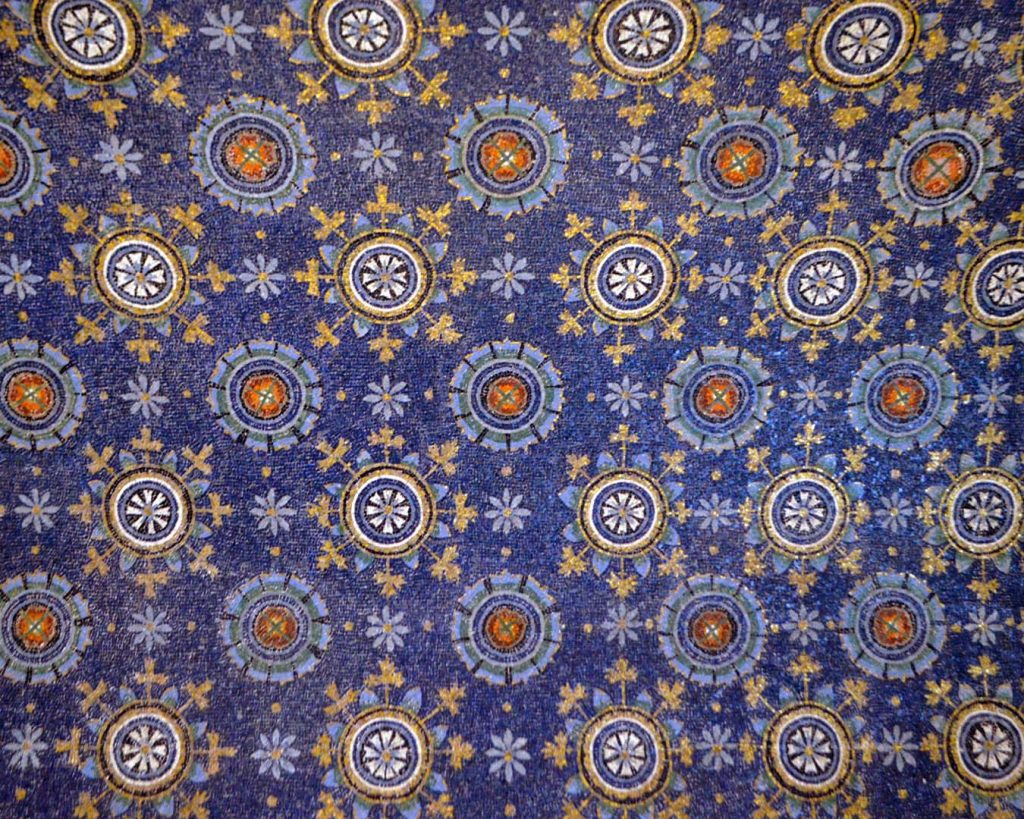
Figure 6. Mosaics of the so-called Mausoleum of Galla Placidia, built before 450. These mosaics are technically not “Byzantine,” but rather late Roman, dating to the period when Ravenna was the capital of the Western Roman Empire.
Ravenna’s Roman inheritance was certainly noted by Charlemagne when reviving imperial pretensions in Western Europe. Even Venice began its existence in the shadow of Ravenna, though Venice grew autonomous as Ravenna was slowly sinking into obscurity. Today, Ravenna is perhaps best known for its Late Roman and Byzantine monuments, eight of which comprise its UNESCO world heritage site. The term “Byzantium” is quite ubiquitous there—at least as a touristic catchword; even depictions of Justinian and Theodora can frequently be spotted around the city.
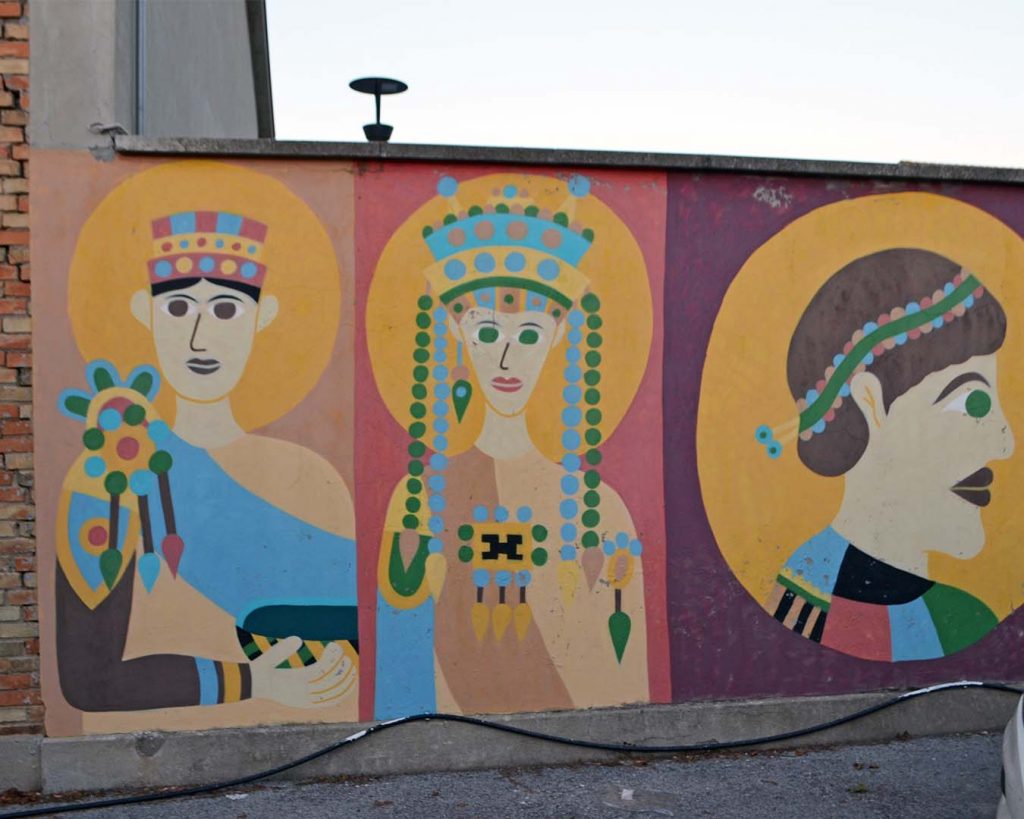
Figure 7a. A mural entitled “Ravenna History” includes depictions of Theodora and Justinian based on San Vitale’s mosaics.
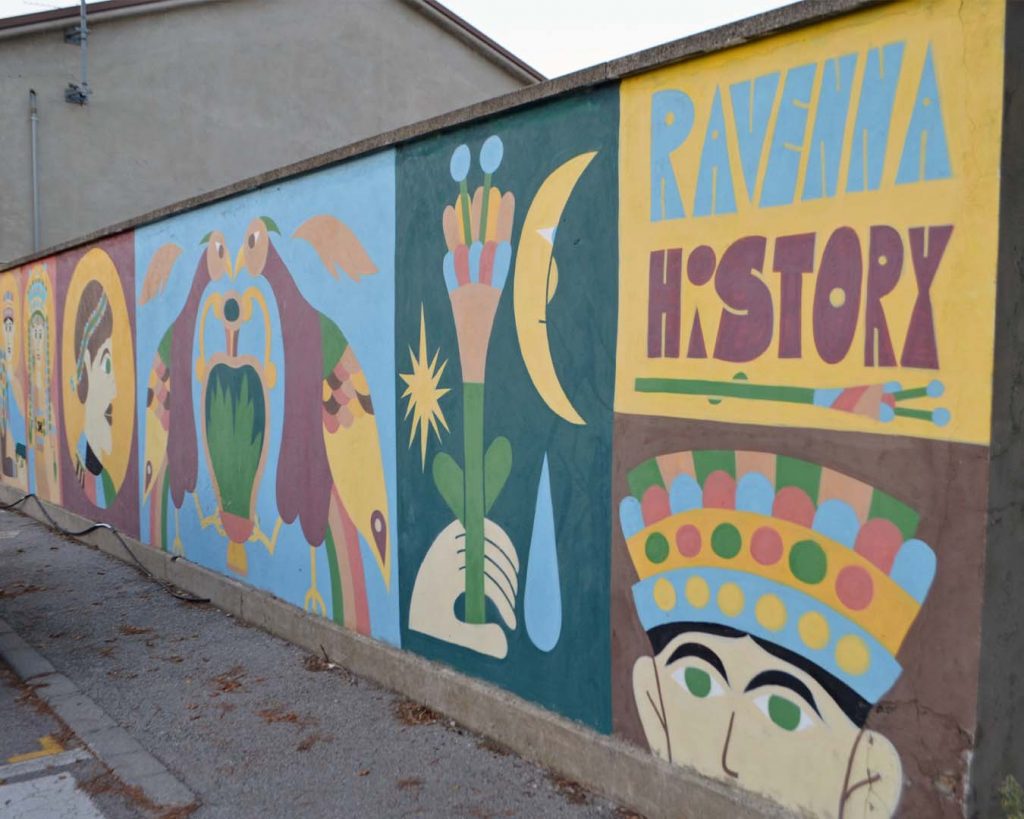
Figure 7b. A mural entitled “Ravenna History” includes depictions of Theodora and Justinian based on San Vitale’s mosaics.
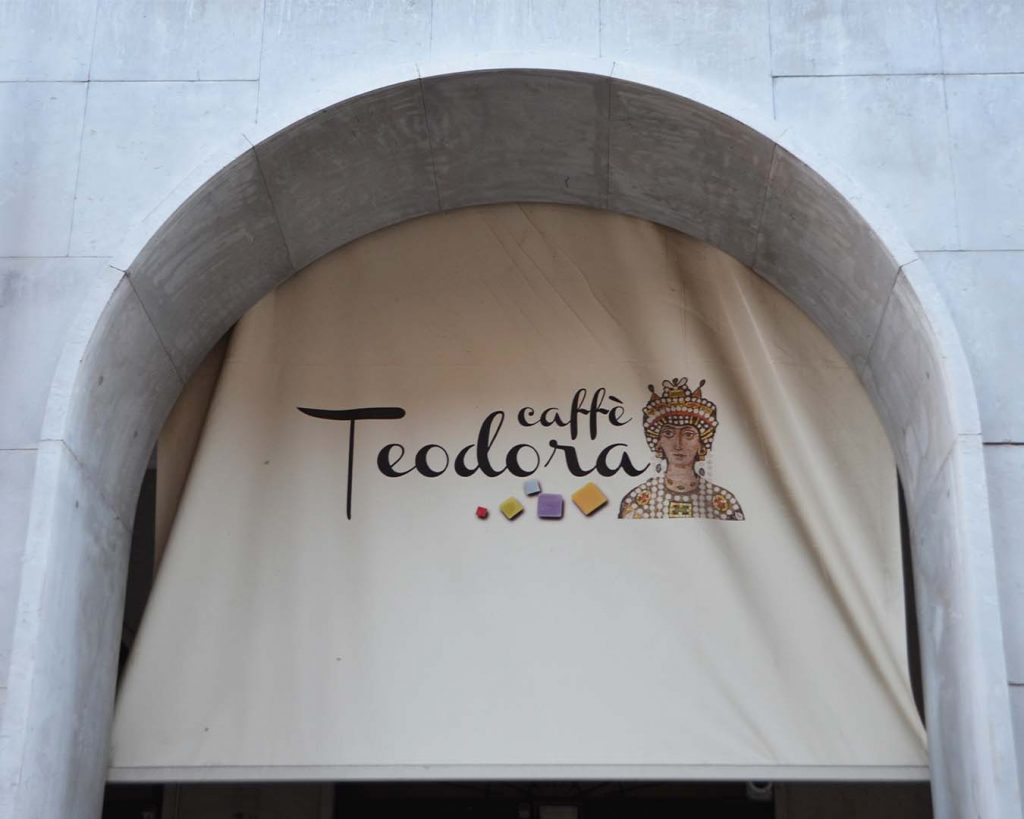
Figure 8a. Ravenna’s Byzantine heritage is often found in contemporary contexts.
[Caffe Theodora / Bisanzio Hotel]
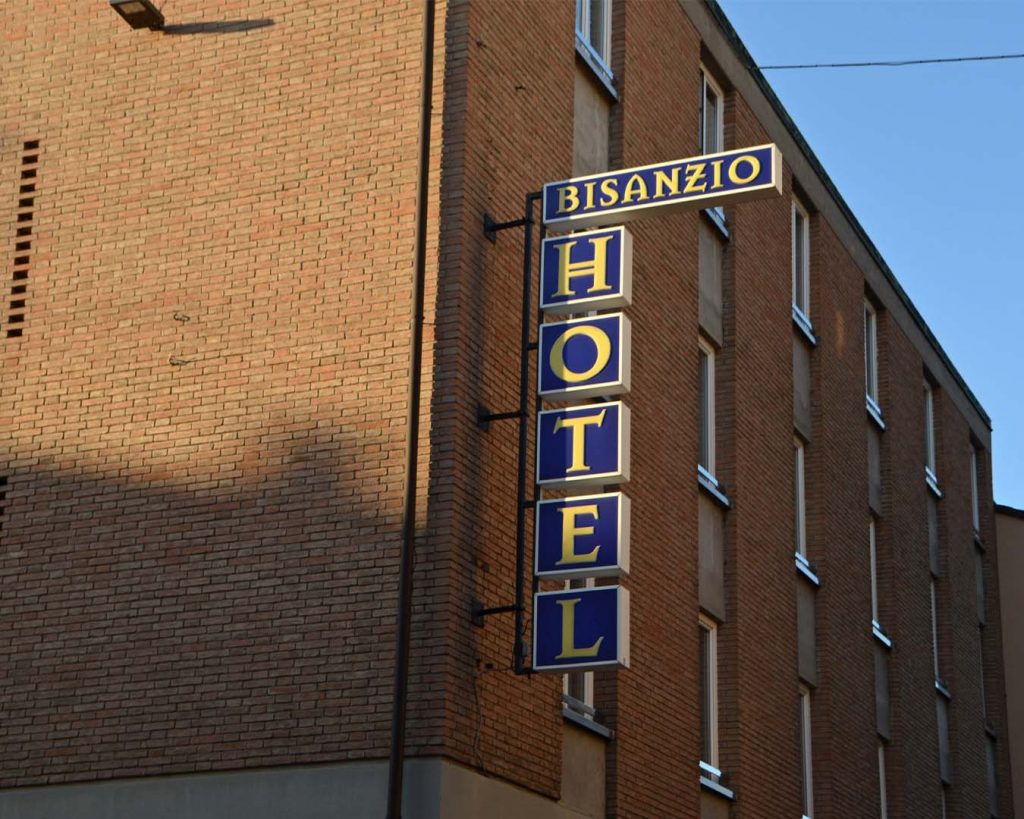
Figure 8b. Ravenna’s Byzantine heritage is often found in contemporary contexts.
[Caffe Theodora / Bisanzio Hotel]
While Ravenna can be considered a rather straightforward case of “another Byzantium,” Venice is altogether another story. It has a long, storied history filled with multilayered legends and myths that constantly shifted over the long course of its history. However, for most people, it is now simply a romantic city in the most contemporary sense of the term. I am sure many attending the congress heard how lucky we were to have the chance to visit the city, mostly for that precise reason. However, this is far from its humble beginnings when it was just a marshy lagoon—certainly no one’s first choice of a home.
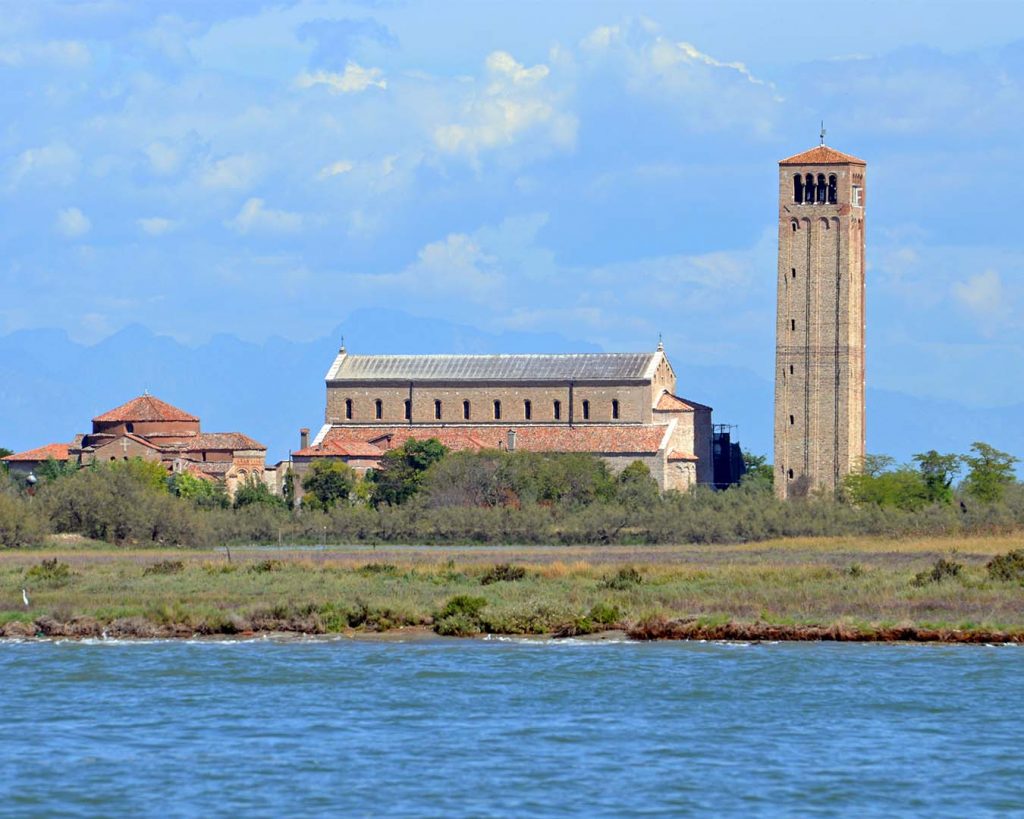
Figure 9. Torcello and its cathedral, Santa Maria Assunta. Torcello, now largely abandoned, was once a major early hub of the Venetian lagoon. Though most of the original church is lost, Santa Maria Assunta was founded by Emperor Heracleios in Constantinople and Exarch Isaac in Ravenna in the seventh century.
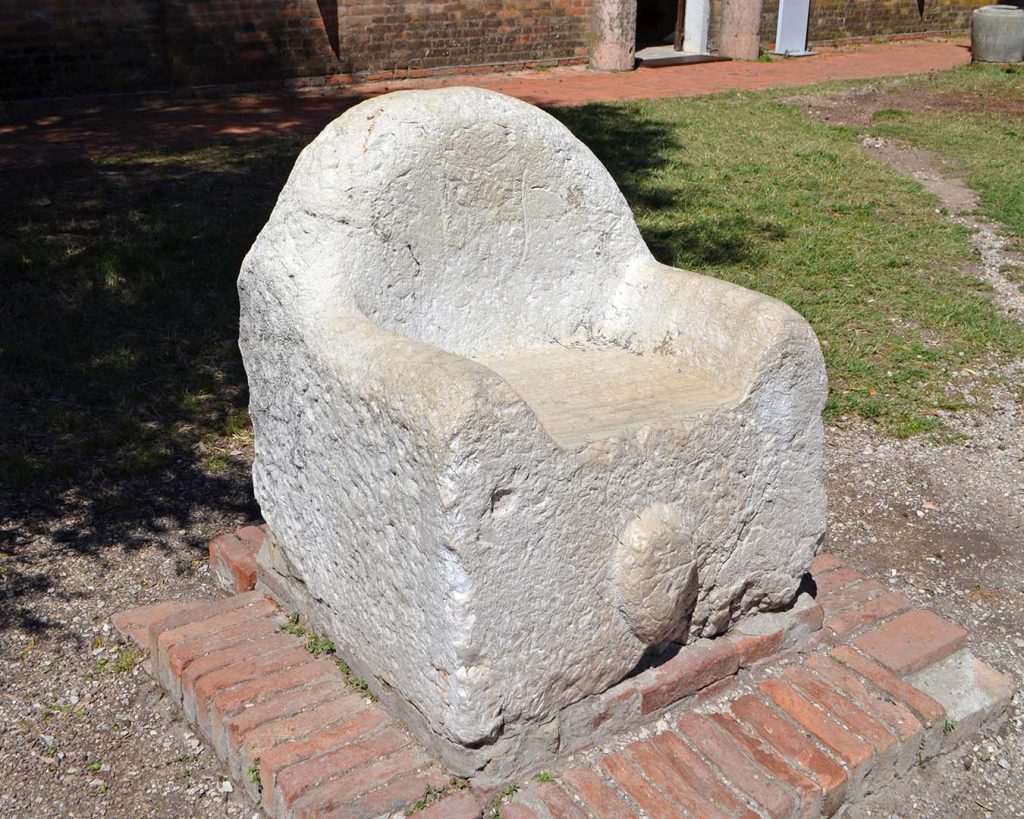
Figure 10. The so-called “Throne of Attila” at Torcello. Atilla features prominently in one of the mythic accounts of the founding of Venice.
Venice likely began when refugees fleeing Attila’s sack of Aquileia in 452 made their home in the marshy lagoons nearby. Uniquely, it is an important Italian city that was not a Roman city, but rather came into existence as Rome was falling. Its citizens clung to their own way of life, relying on their strong links to Byzantium. In its refusal to accept the “barbarians” claiming to be the revived Rome, Venice in its early days could almost be seen as an “unfallen” Rome, or like Bessarion would suggest centuries later, as a second Byzantium. Its highly defensive location in the lagoons made it largely autonomous—and soon it was uniquely positioned between the newly established Western “Holy Roman” Empire and the Eastern Roman Empire. Staking its own claims to be Roman was undoubtedly crucial for Venice during this period.
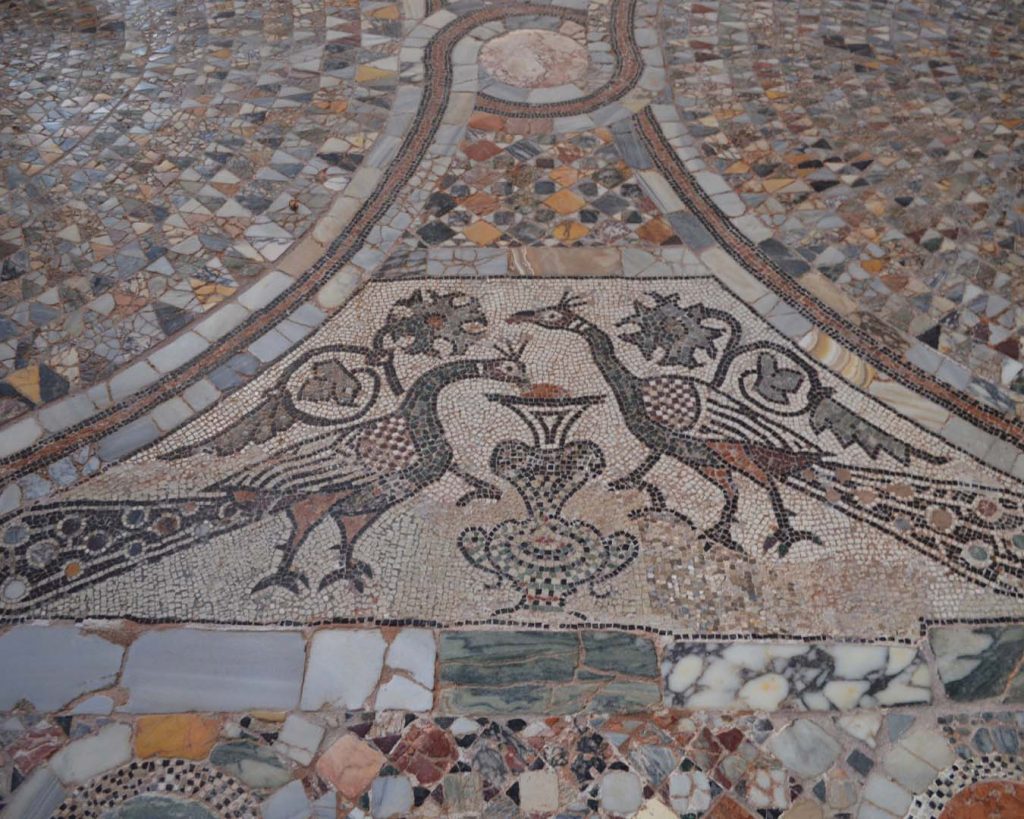
Figure 11. Mosaic floor from the church of Santa Maria and San Donato at Murano, from ca. twelfth century.
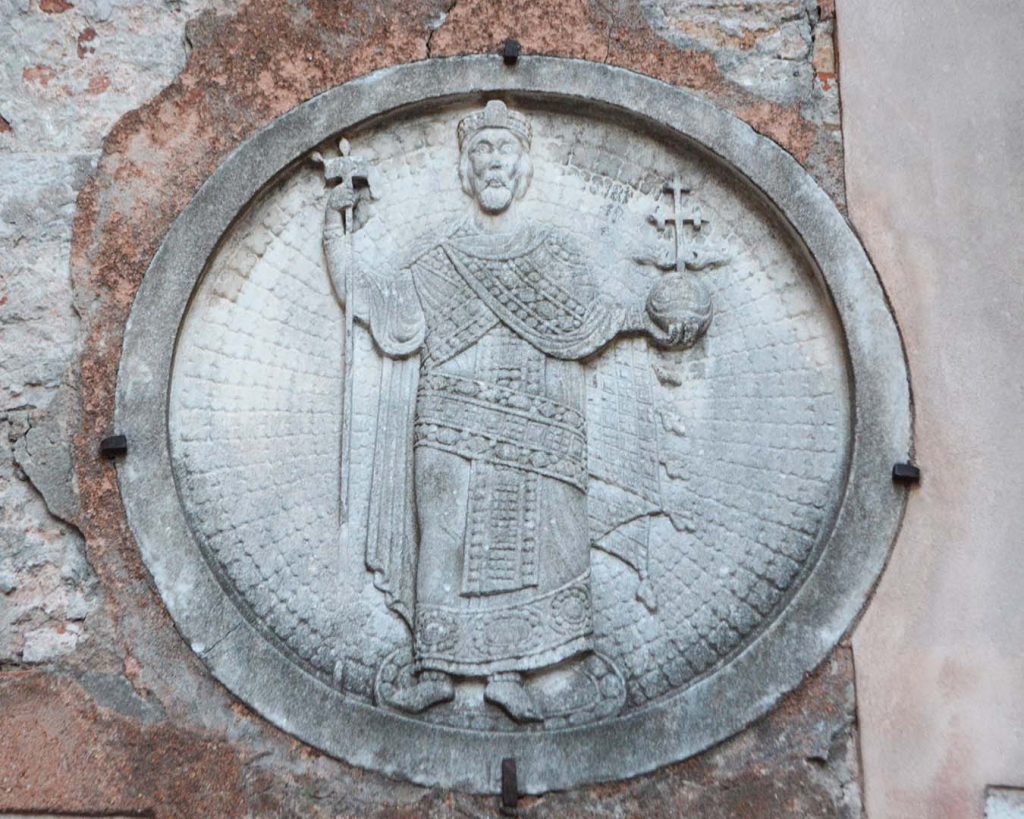
Figure
12. The mysterious “tondo” of an emperor at Campiello de Ca’ Angaran apparently represents a Komnenian emperor, though its authenticity (along with its twin at Dumbarton Oaks) has increasingly been questioned.
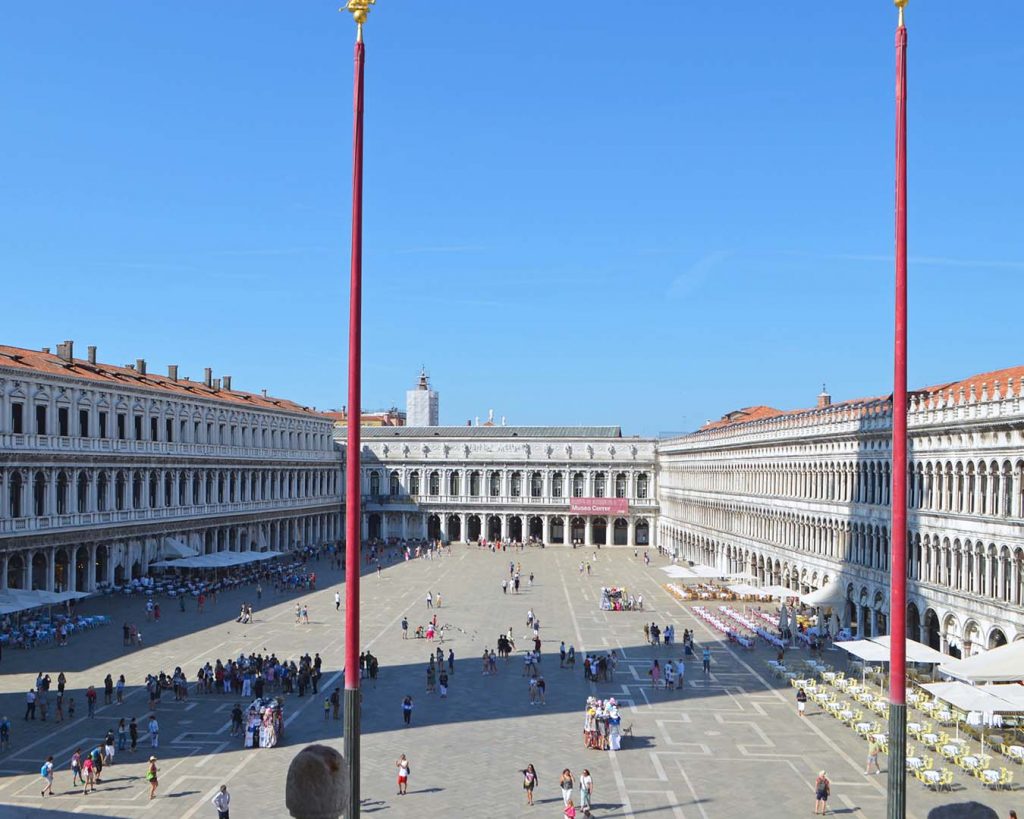
Figure 13. Piazza of St. Mark. This public square played an important ceremonial role that imitated imperial processions at the Hippodrome of Constantinople.
When Ravenna was conquered by the Lombards in 751, Venice remained under the jurisdiction of Byzantium. Venice continued to have strong links to Constantinople even after gaining its independence by the 9th century. In fact, as the trading power of Venice grew, so did its relationship with Byzantium. The Venetians were allowed to establish their own quarters in Constantinople (in Eminönü) after being granted special privileges by Emperor Alexios I Komnenos in the late 11th century. Although war broke out after the Venetians were expelled in 1171, the Byzantines and Venetians quickly reconciled. However, their relationship, long based on close ties, was radically altered after the Fourth Crusade and the Venetians sacked Constantinople in 1204.
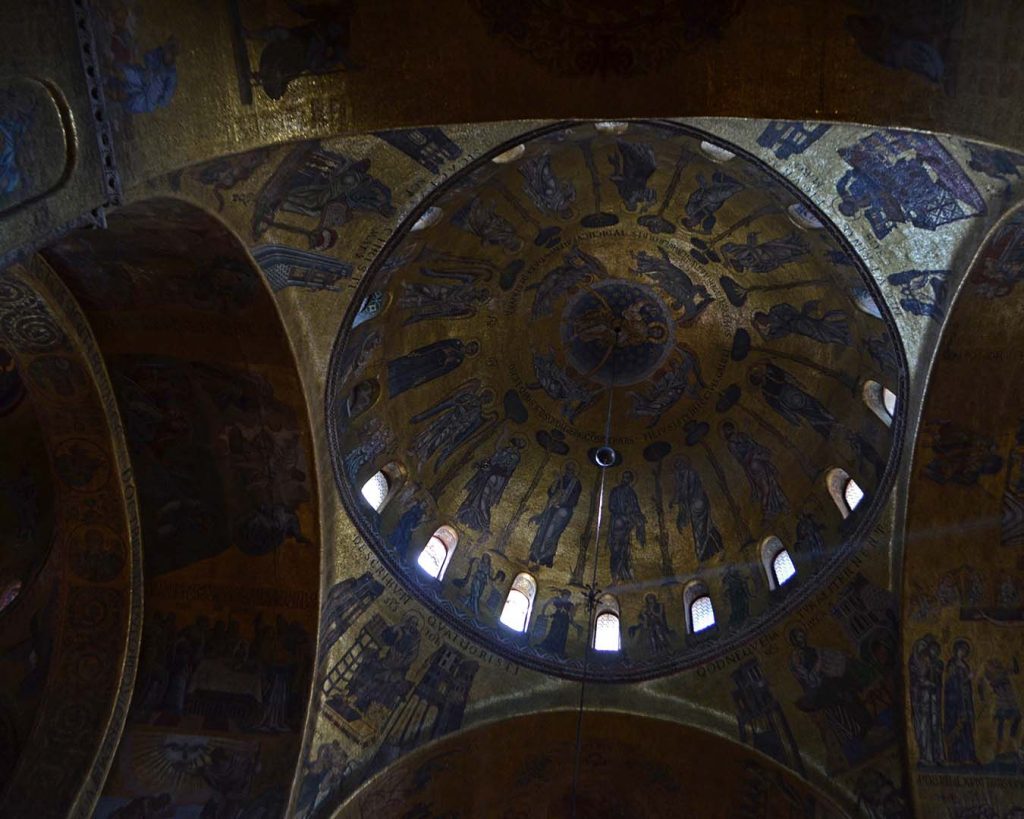
Figure 14a. Interior of St Mark’s, which is lavishly decorated with gold mosaics.
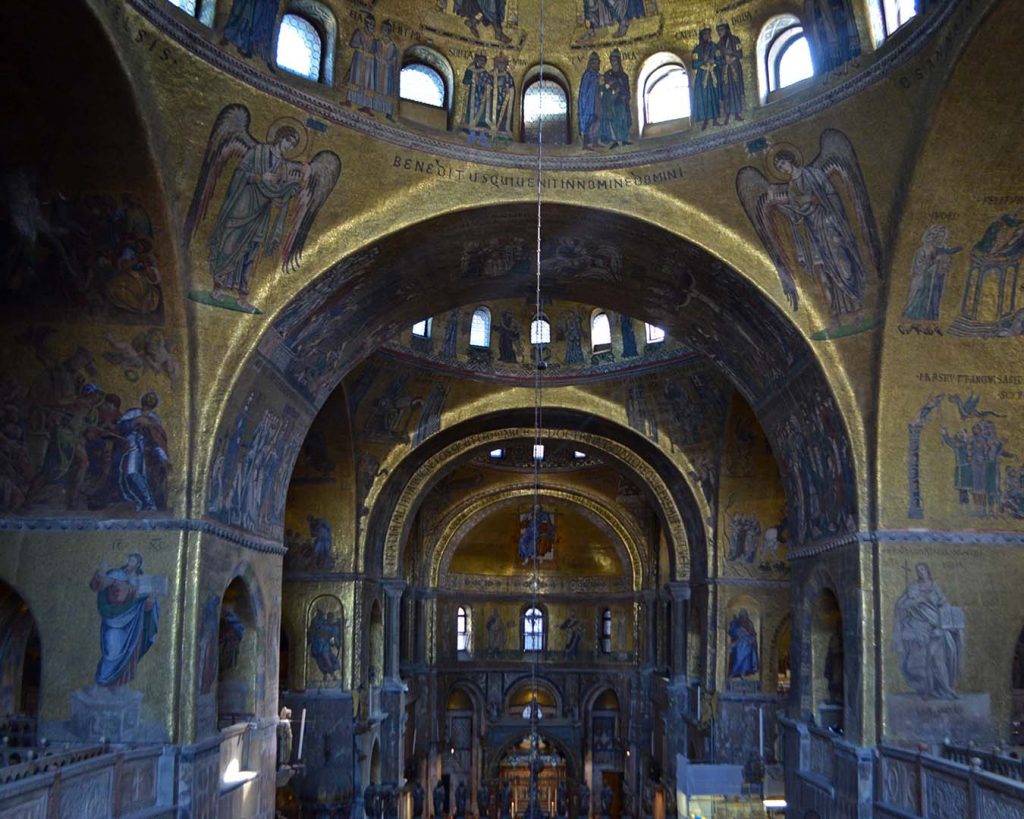
Figure 14b. Interior of St Mark’s, which is lavishly decorated with gold mosaics.
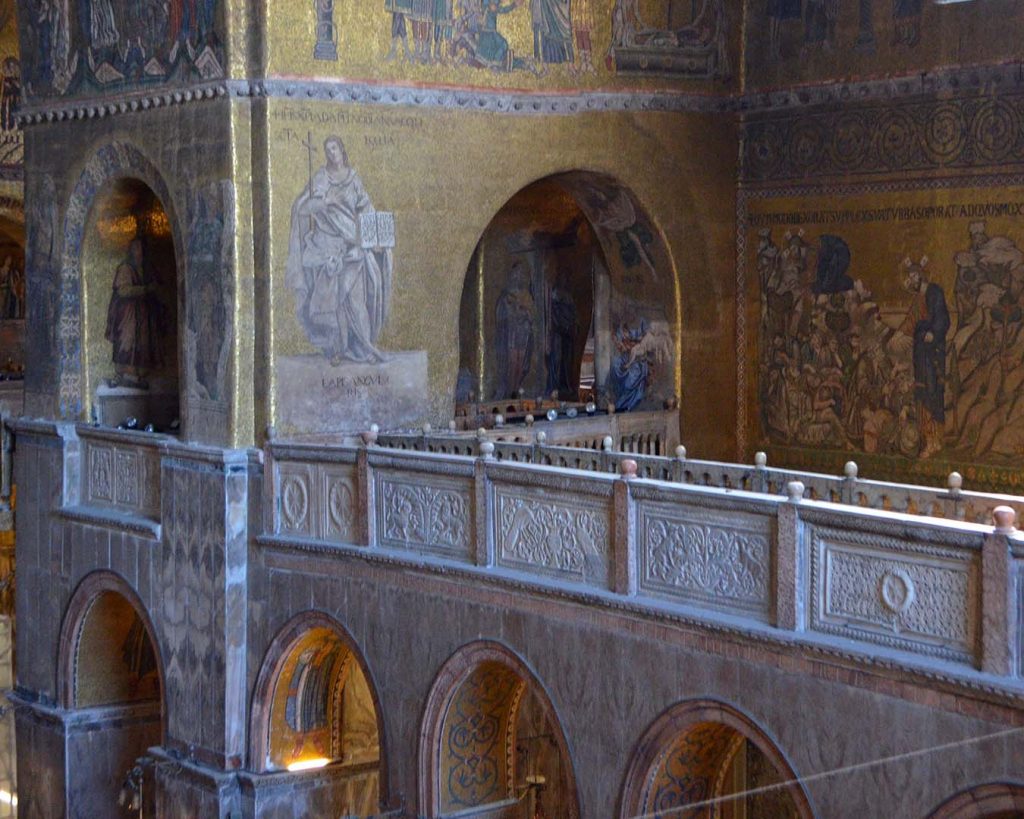
Figure 14c. Interior of St Mark’s, which is lavishly decorated with gold mosaics.
Time and centuries of achievements (as can be seen with famous Renaissance Venetians such as Palladio and Titian) allowed Venice to move far beyond its Byzantine past. The city continues to have a strong sense of local identity, even though its local population has significantly declined due to the huge number of tourists. Its close ties with Constantinople, once important to its own autonomy and economy, have largely been forgotten. Nevertheless, the legacy of Byzantium can still be found around the city, especially if one knows where to hunt for it. This is particularly true in terms of its material culture—most notably seen in and around St. Mark’s. Indeed, the Treasury of St. Mark’s, which unfortunately was closed for restoration during the congress, can be regarded as one of the leading Byzantine museums.
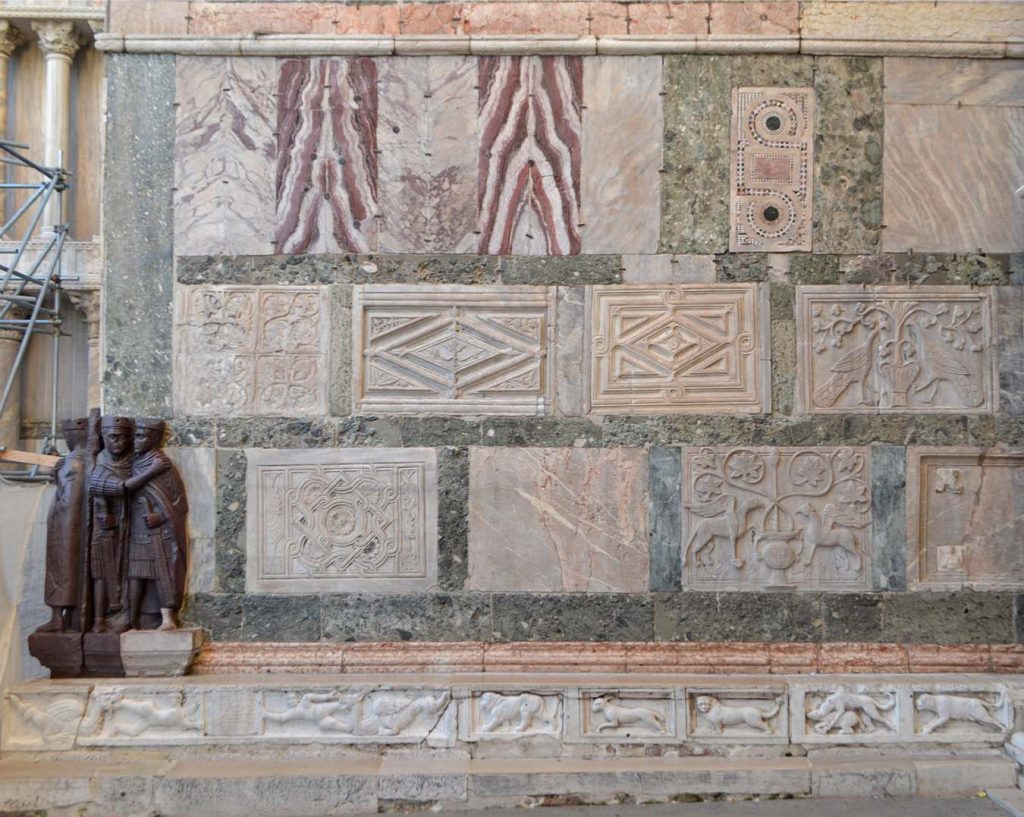
Figure 15. Façade of St. Mark’s near the entrance to the Doge’s Palace, which is extensively decorated with spolia.
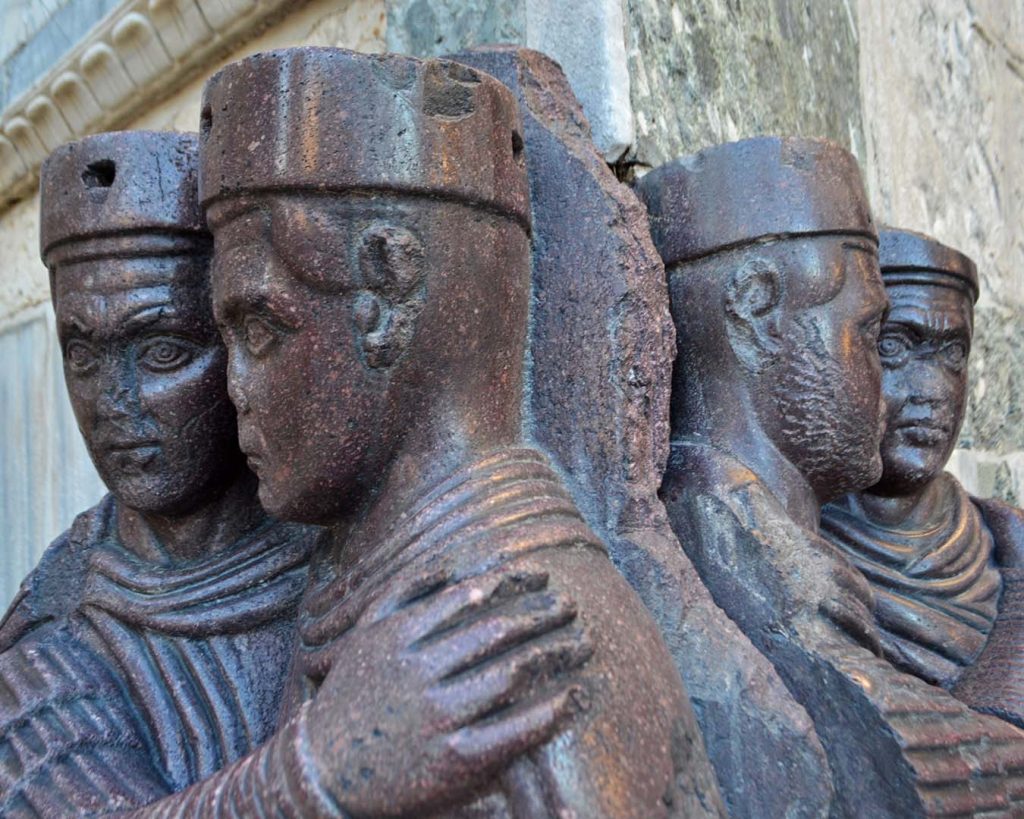
Figure 16. Porphyry Tetrarchs, brought from the Philadelphion in Constantinople; its missing foot was found around Laleli, Istanbul.
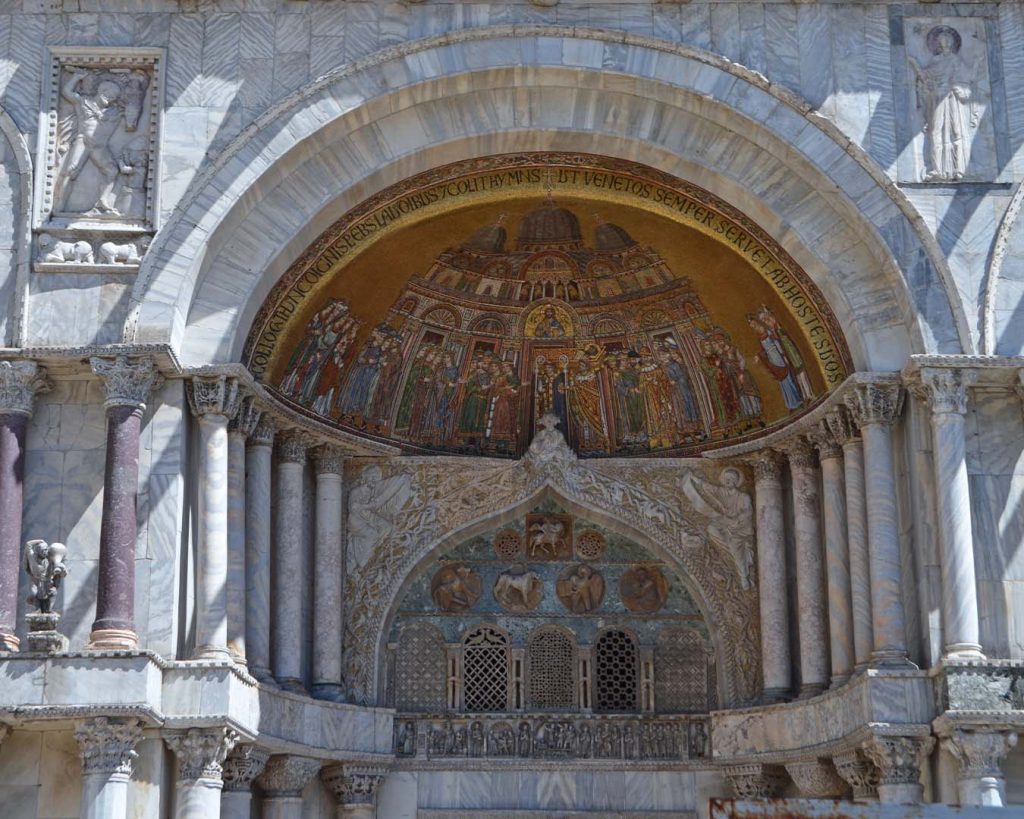
Figure 17. Details of St. Mark’s western façade, which is extensively decorated with Byzantine spolia and imitation spolia made in Venice.
During the medieval era, the fairly standard masonry structure of St. Mark’s was dramatically transformed when numerous marble revetments, capitals, columns, and reliefs, much of which are spolia, were added to its façade. Spolia, in academic terms, generally means reused material, rather than “spoils of war,” as its etymological roots imply. Indeed, at first glance, the façade of St. Mark’s seems to ostentatiously display loot from Constantinople. However, it has also been argued that the seemingly haphazard display of its spoils of war is better understood as Venice emphasizing its Roman/Byzantine identity. This argument becomes stronger when observing that the decorations of St. Mark’s and other buildings in Venice are actually imitation spolia made in Venice, rather than pieces brought from elsewhere.
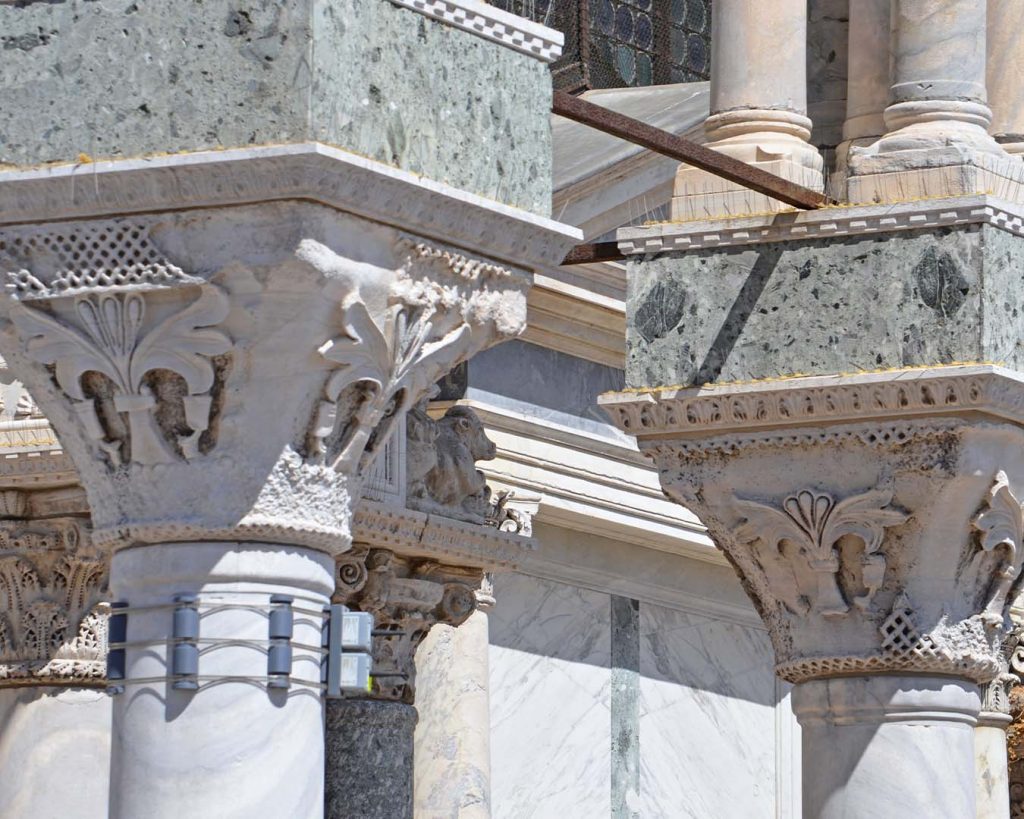
Figure 18a. Capitals from the Church of St. Polyeuktos at St. Mark’s.
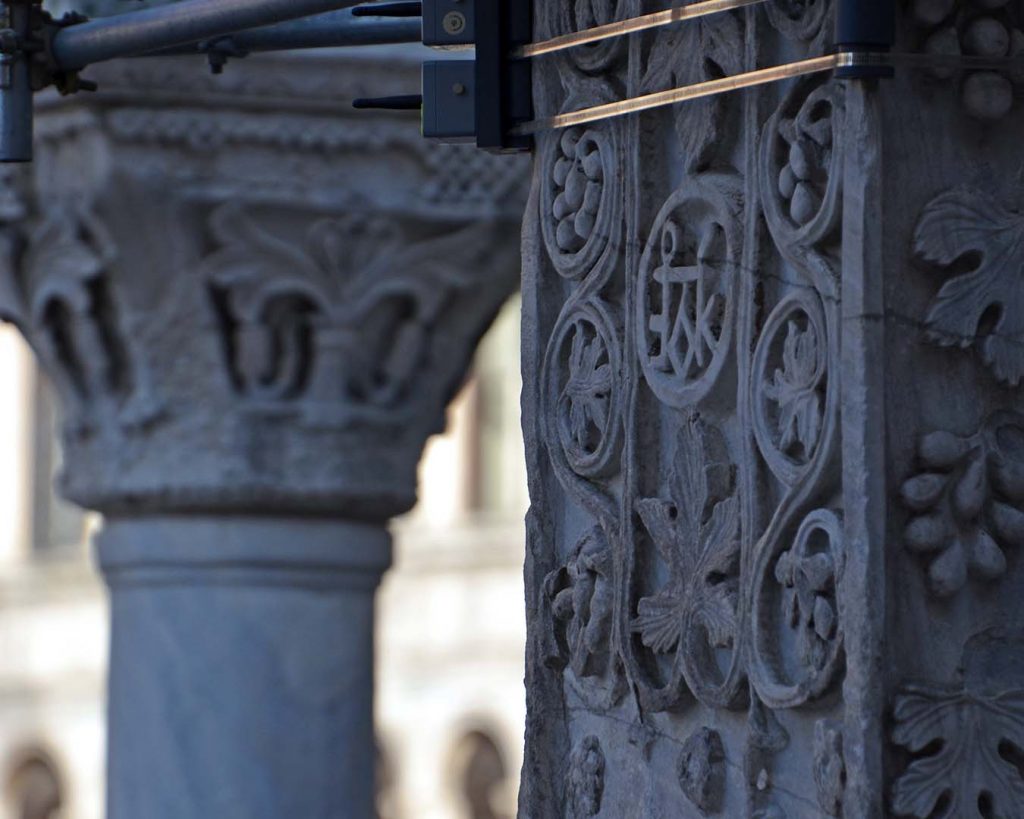
Figure 18b. Detail with St. Mark’s capital and Pilastri Acritani (“Pillars of Acre”), both from St. Polyeuktos. The discovery of church ruins at Saraçhane, Istanbul in 1960 enabled several marble pieces at St. Mark’s to be identified.
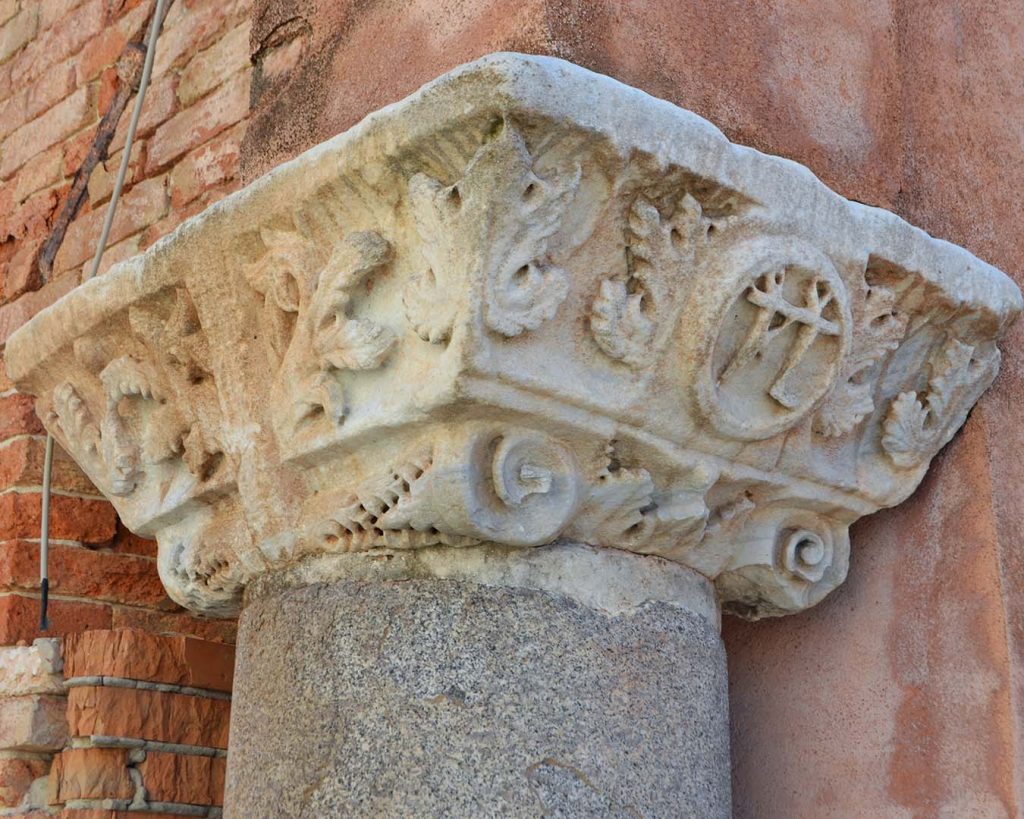
Figure 19. Capital with monogram outside Papadopoli Gardens in Venice probably came from St. Polyeuktos.
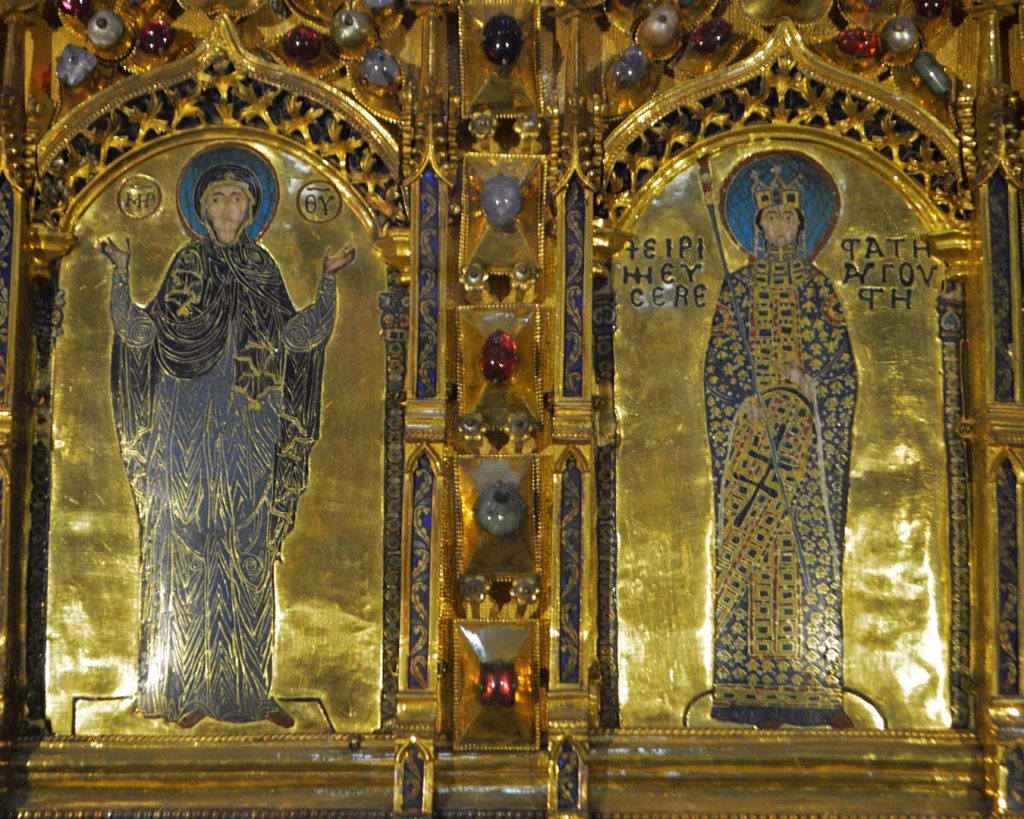
Figure 20. Enamels from Pala d’Oro (St. Mark’s altarpiece) depicting the Virgin Mary and St. Eirene. It has been argued that some of its enamels came from the Pantokrator Monastery (now Zeyrek Mosque in Istanbul) which the Venetians controlled when the Fourth Crusade captured Constantinople in 1204. If so, then this depiction of St. Eirene could be Empress Eirene (Piroska of Hungary), co-founder of the Pantokrator Monastery.
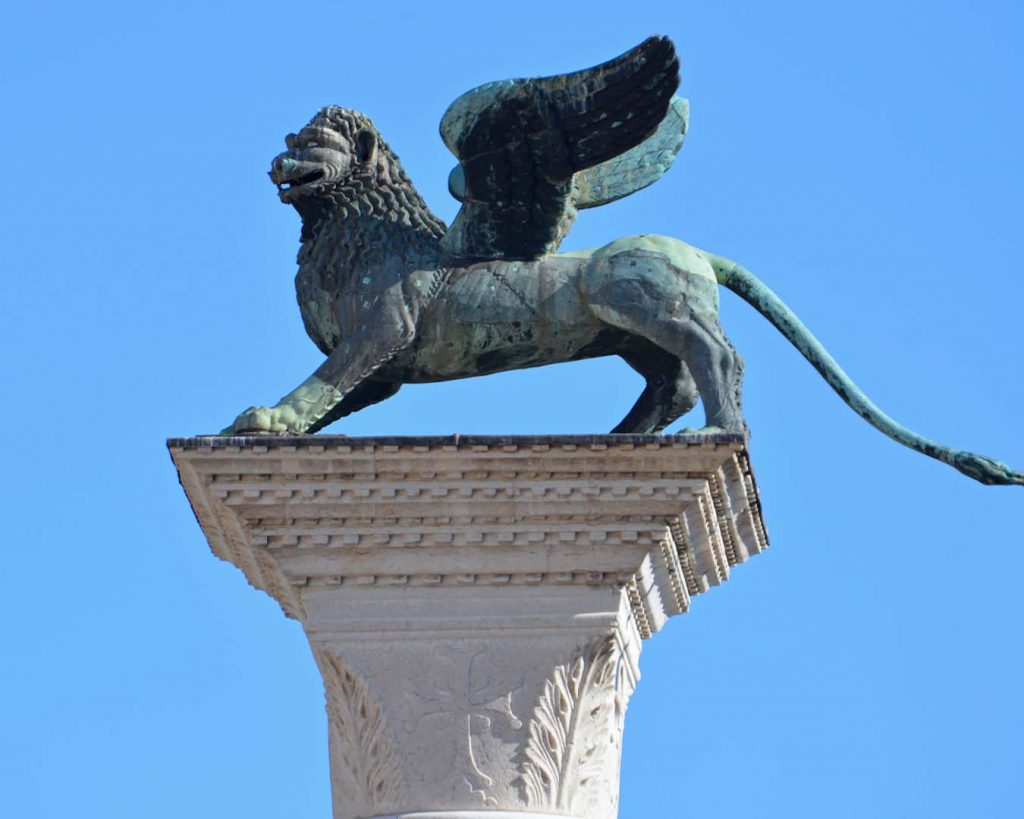
Figure 21a. Lion of St. Mark.
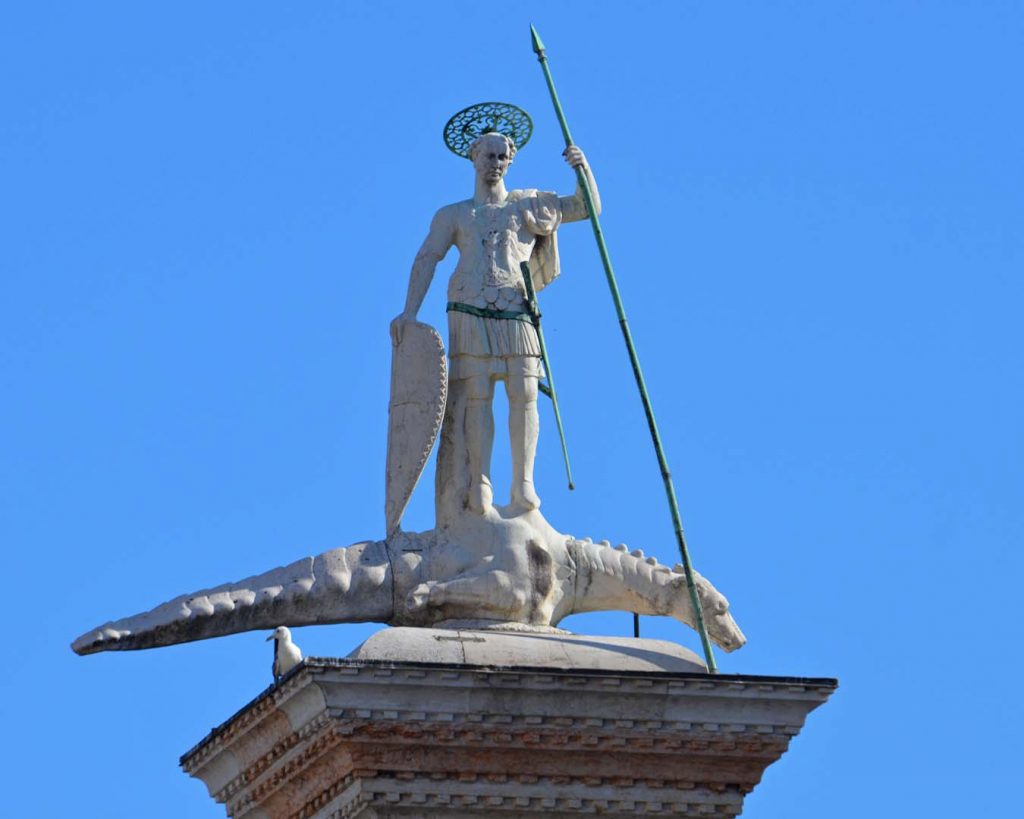
Figure 21b. St. Theodore of Amasea. Columns with the Lion of St. Mark and St. Theodore of Amasea, the city’s patron saint before St. Mark’s relics were brought to the city. The Egyptian granite columns that they crown probably came from Alexandria or Constantinople.
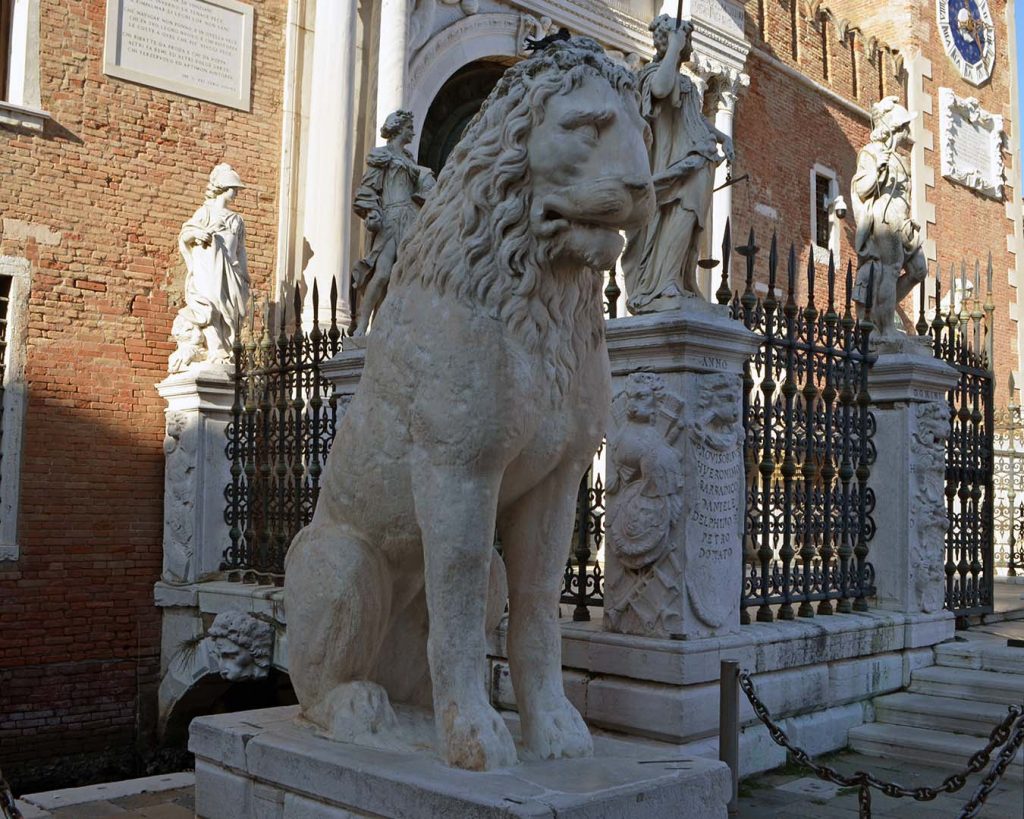
Figure 22a. Piraeus Lion at the Arsenale, where it is accompanied by several other lions. Viking (Varangian) runes were carved on the Hellenistic sculpture at Piraeus (port of Athens) during the middle Byzantine era. Venetians took it as loot during a war against the Ottomans in 1687.
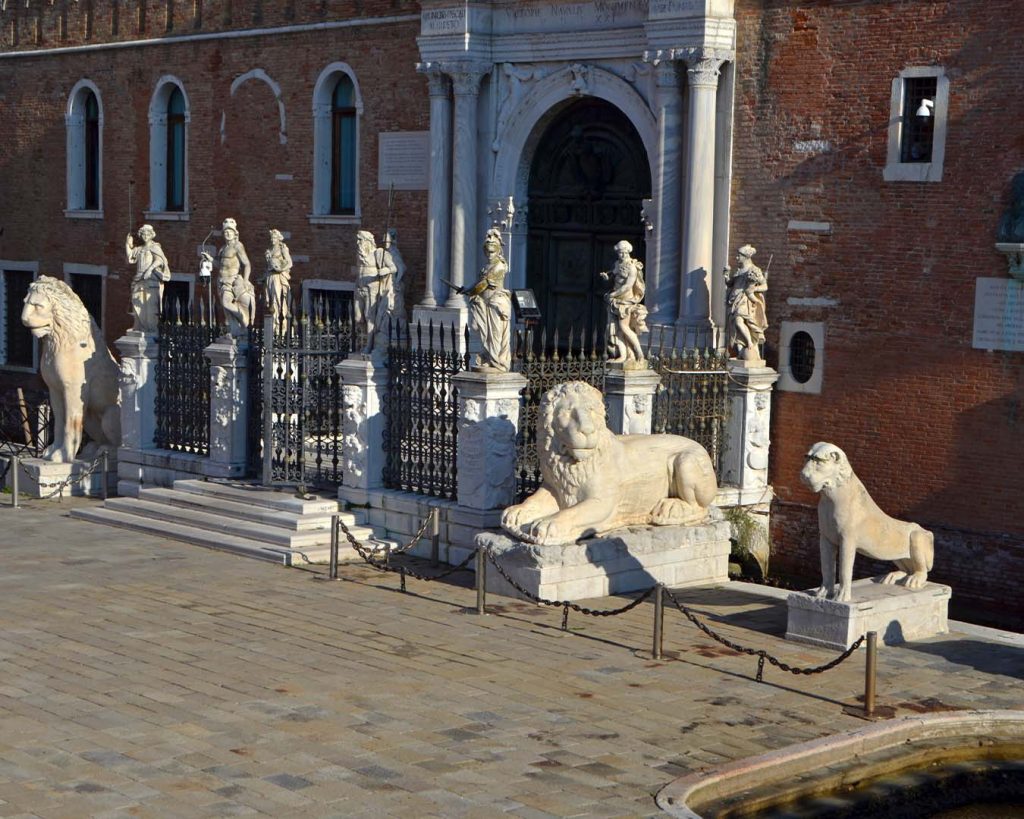
Figure 22b. Piraeus Lion at the Arsenale, where it is accompanied by several other lions. Viking (Varangian) runes were carved on the Hellenistic sculpture at Piraeus (port of Athens) during the middle Byzantine era. Venetians took it as loot during a war against the Ottomans in 1687.
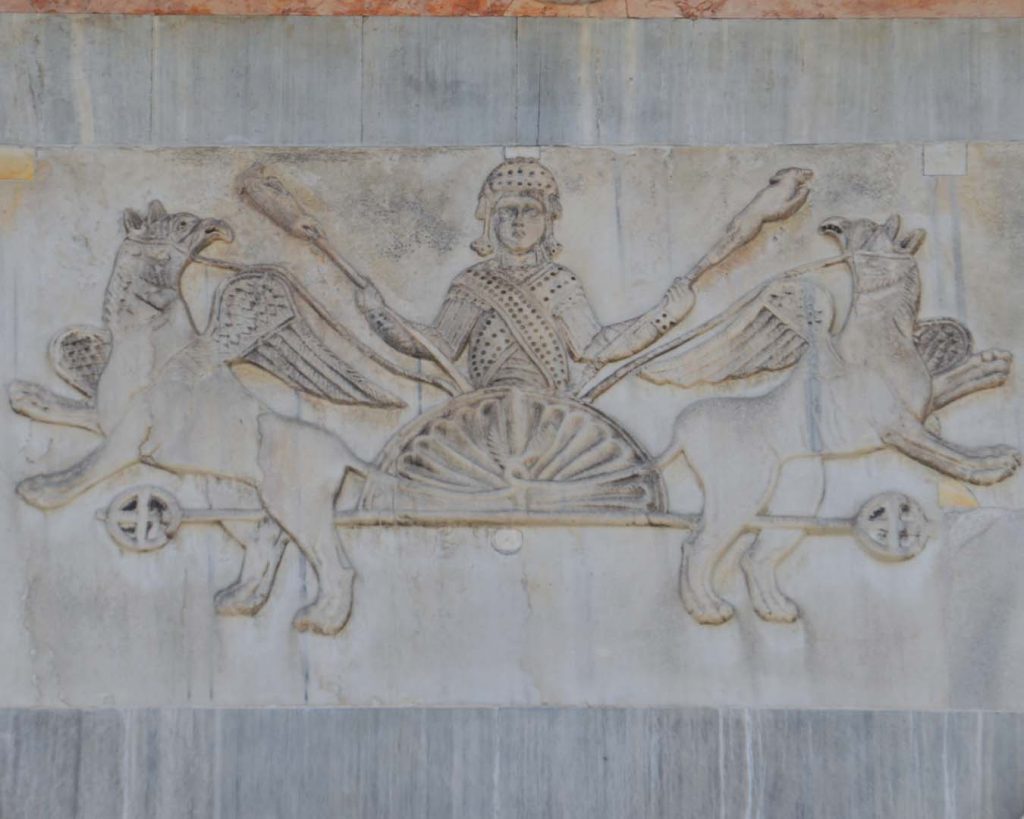
Figure 23. Ascent of Alexander, an interesting example of middle Byzantine spolia on the northern façade of St. Mark’s.
While
While claiming links to Rome (or in Venice’s case, Byzantium) was a common strategy for medieval and even early modern cultures to establish their legitimacy or claim authority, it is markedly different for us today, especially when we visit places that are not our own home. For a typical tourist, Venice’s Byzantine heritage can easily be missed, while in Ravenna it is markedly the opposite. Simply put, there are very few signs pointing to traces of Byzantium in Venice. Indeed, referring to Venice as a “Second Byzantium” is mainly a scholarly narrative. However, there is another way one could compare Venice and Byzantium, as yet another example of an Orientalist trope of imperial decay, decadence, and excess—in other words, a romantic place to visit.
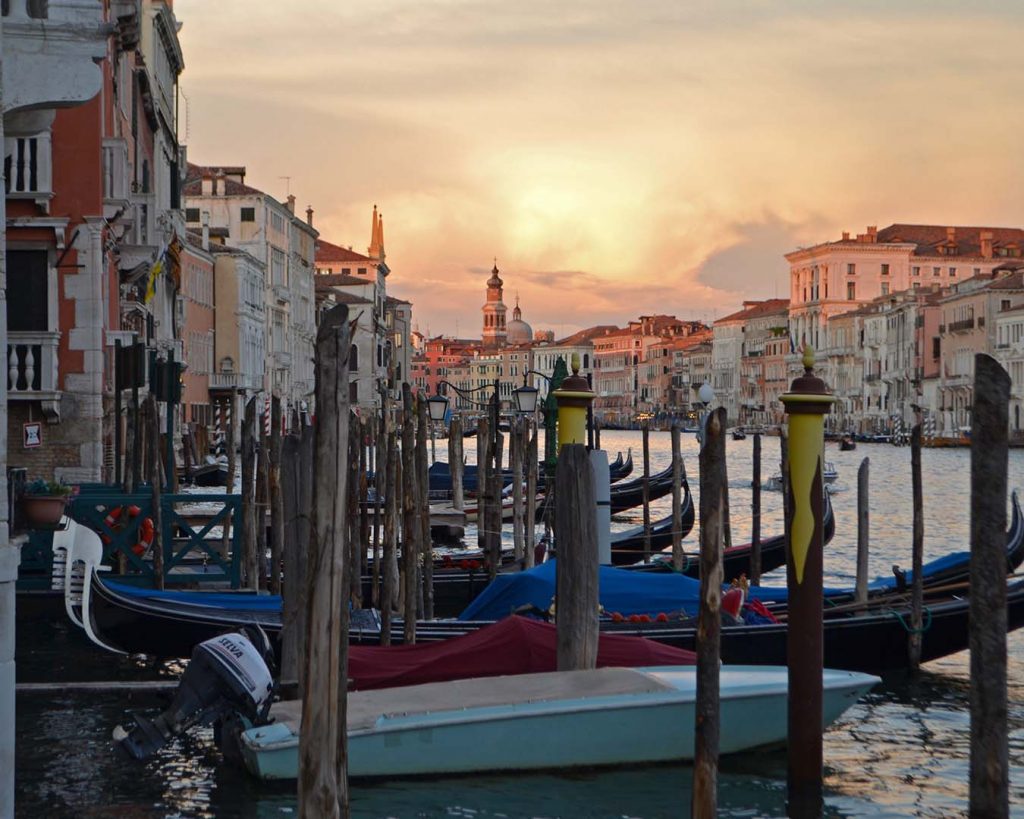
Figure 24. Sunset at Venice’s Grand Canal.
David Hendrix, The Byzantine Legacy.